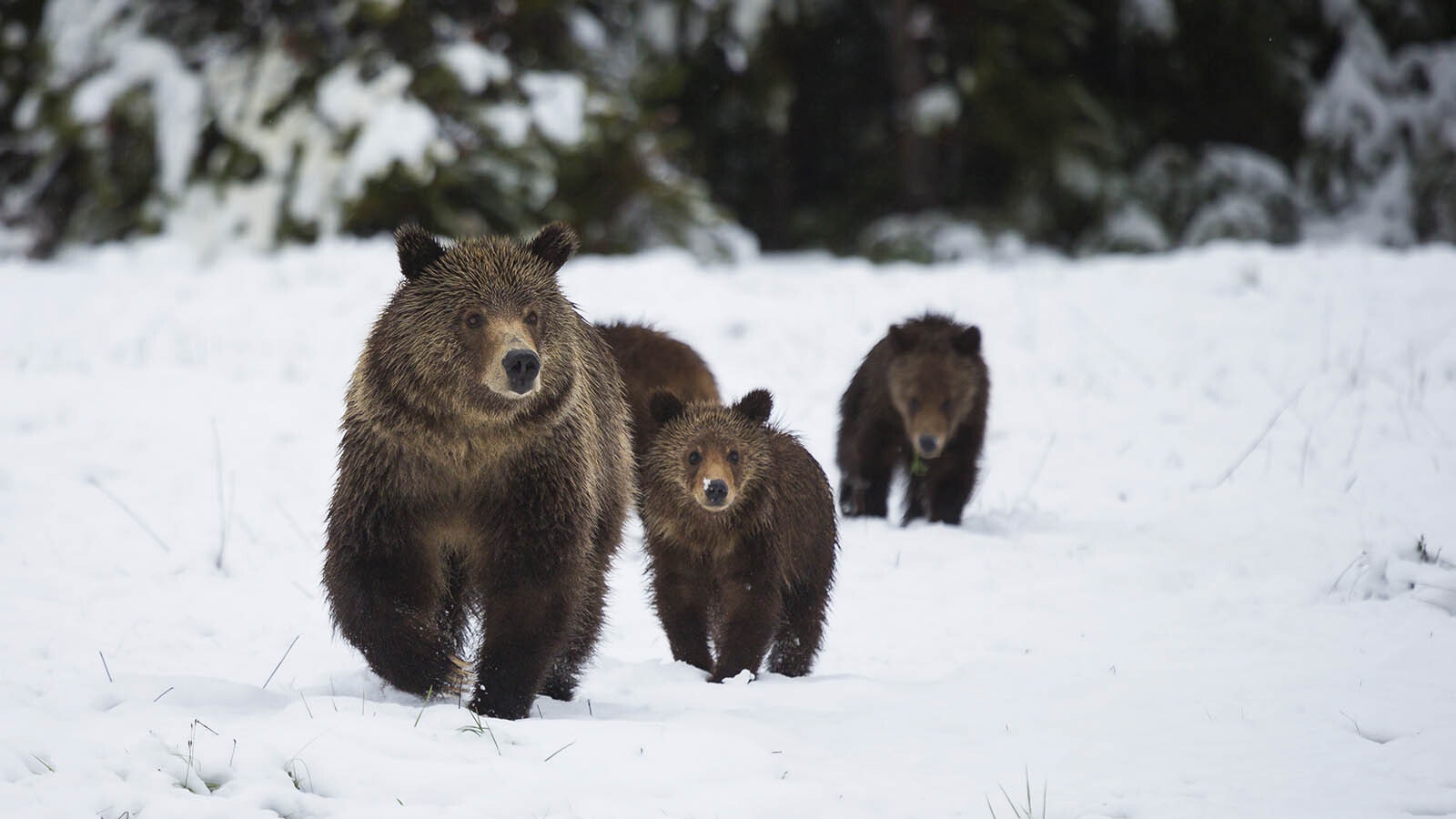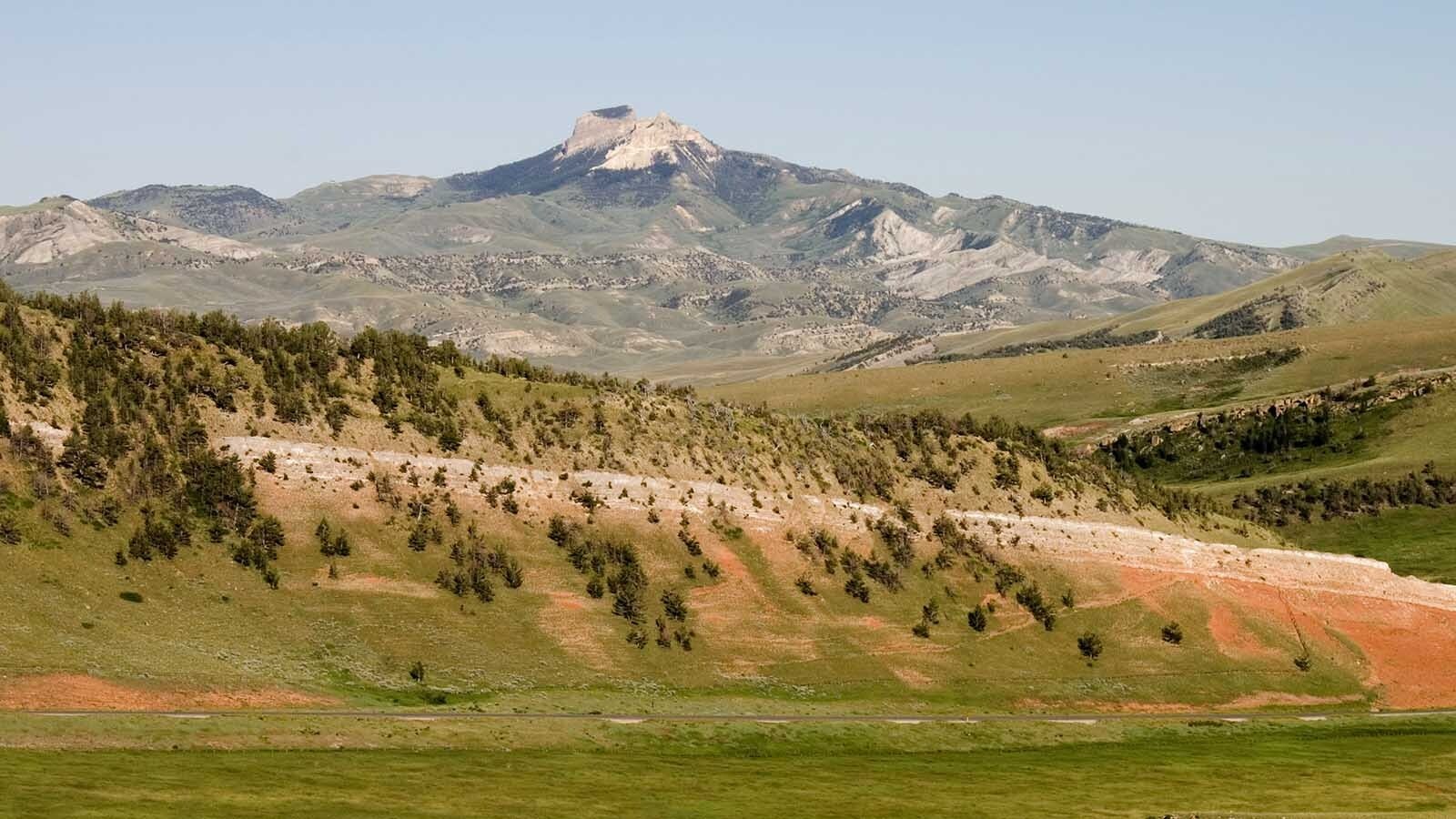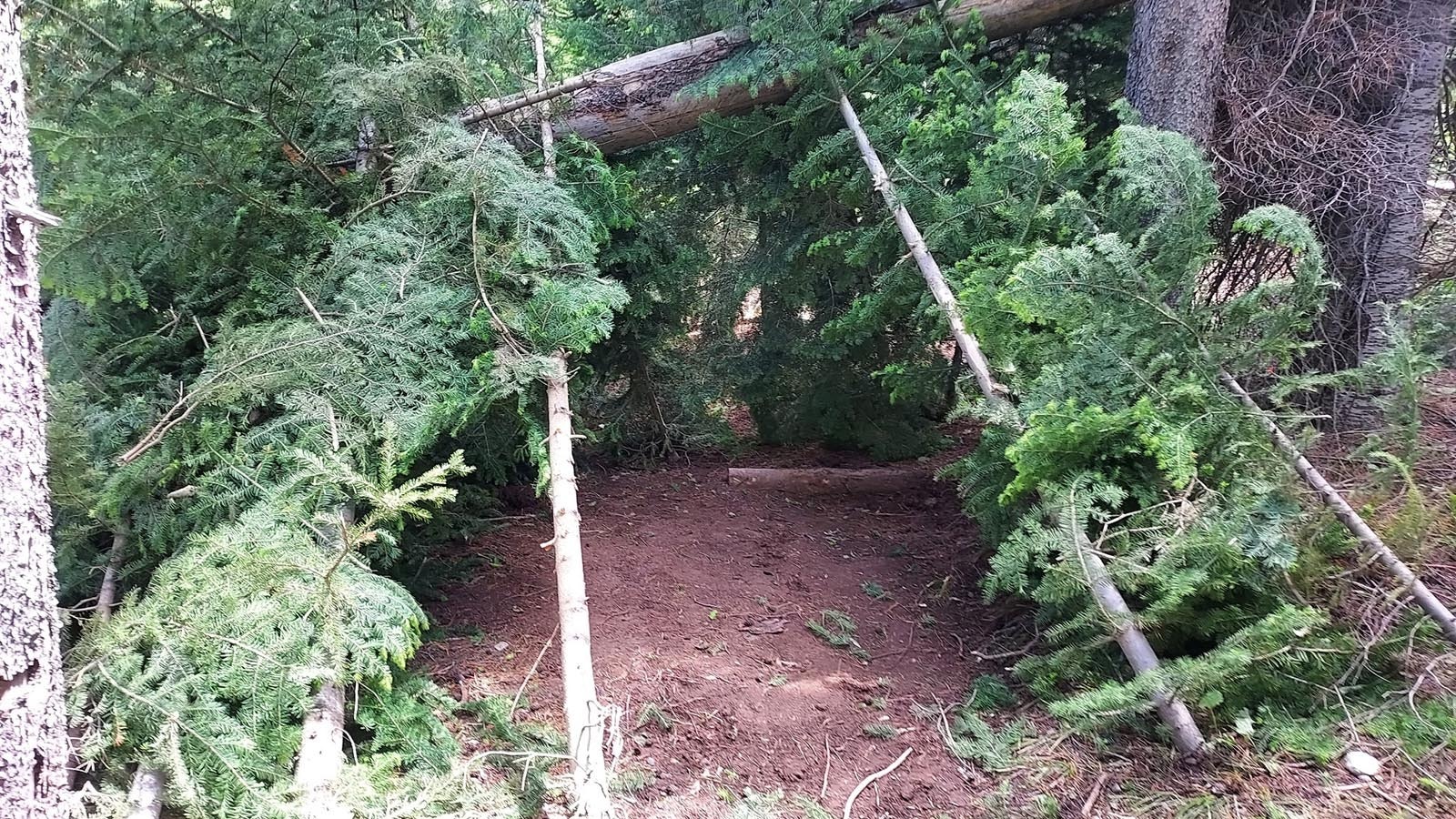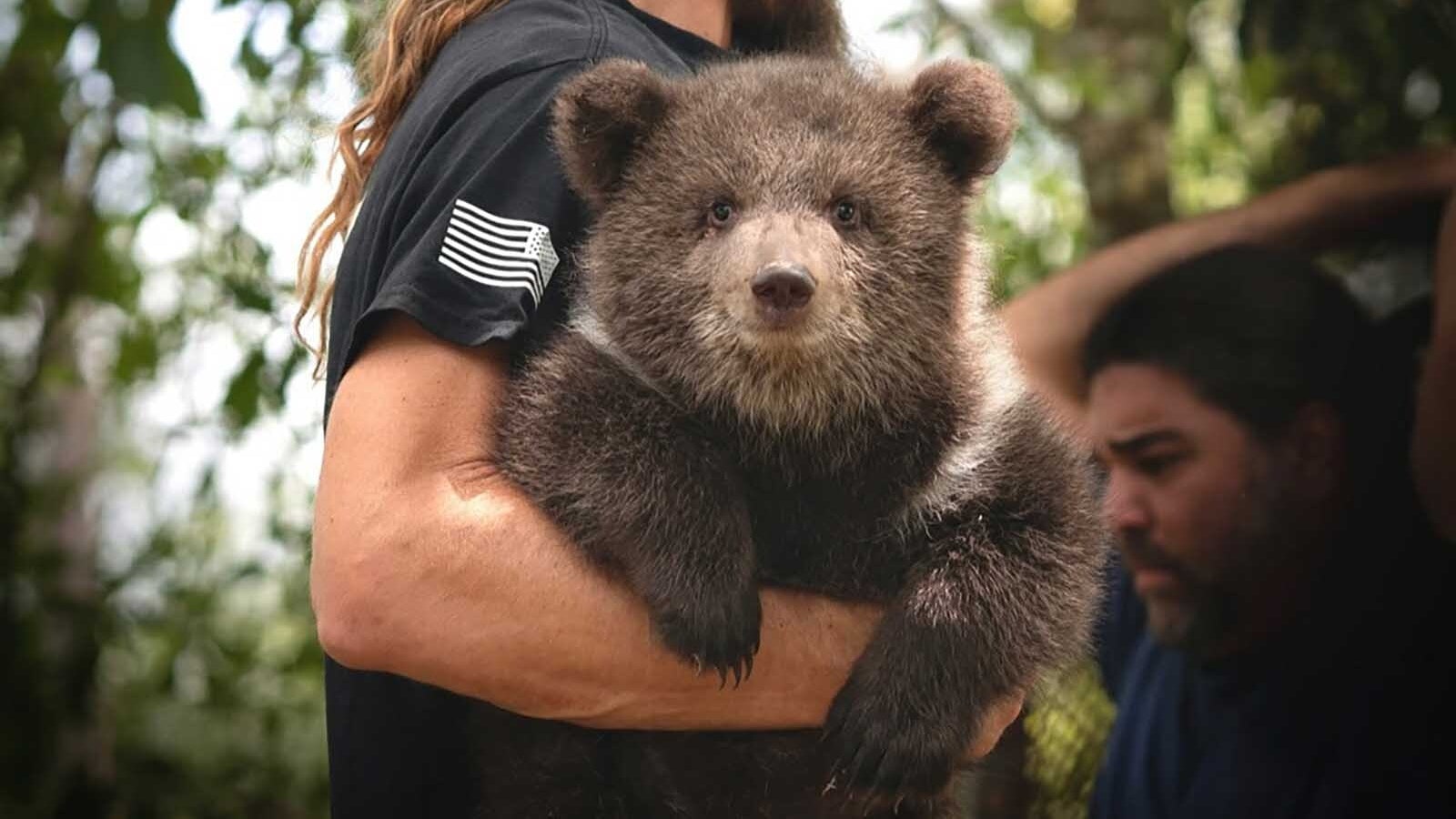With grizzlies already expanding their territory around Wyoming, Montana and Idaho, the federal government is considering reintroducing them into the remote Bitterroot Ecosystem.
The U.S. Fish and Wildlife Service is seeking public comment about a proposal to reintroduce grizzlies to the Bitterroot Ecosystem, which covers parts of southwestern Montana and the wildlands of central Idaho.
A few grizzlies have already ventured there on their own, as well as Montana’s adjacent Big Hole region.
“We’ve had bears in the northern Bitterroot Valley fairly regularly for the last three or four years,” Montana Fish, Wildlife and Parks spokesman Greg Lemon told Cowboy State Daily.
Feds Change Stance
Expediting the process by transplanting some grizzlies into the Bitterroot region hadn’t been seriously considered USFWS before now even as grizzly conservationists have long argued that establishing a robust population there is key to full grizzly recovery in the Northern Rockies.
But now the federal agency might be changing its stance.
“However, conditions have changed, so we intend to reevaluate a range of options to restore the grizzly bear to the BE during the development of a new EIS (environmental impact statement),” according to the agency.
Central Idaho Population Vital
Grizzlies in the Lower 48 were placed under federal protection in 1975, after their population had dwindled to just a handful in the Yellowstone National Park region. Since then, their numbers and territory have continued to grow.
Conservative estimates place the population of grizzlies in the Greater Yellowstone Ecosystem of Wyoming, Montana and Idaho at roughly 1,000 bears now. And another 1,000 or so grizzlies are part of the Northern Contenential Divide population, radiating out from core habitat in Glacier National Park in Montana.
There’s been a yearslong push to delist grizzlies and hand management of them over to the Wyoming Game and Fish Department and its sister agencies in Montana and Idaho. State management could include grizzly bear hunting seasons.
But grizzly conservationists have argued that delisting isn’t a viable option at least until the Greater Yellowstone and Northern Continental Divide grizzly populations link up, comingle and interbreed.
The two populations are getting close to one another, perhaps just a few dozen miles apart in parts of Montana.
However, conservationists argue that they’re still a long way off from significant intermingling.
But a robust grizzly population in the Bitterroot region could be a key part of finally establishing a widely dispersed and genetically diverse bear population, which in turn could pave the way to delisting.
Retired federal ecologist and grizzly conservation advocate Chuck Neal of Cody told Cowboy State Daily that full grizzly recovery does, in fact, hinge upon the bears reclaiming the Bitterroot region in Montana and the adjoining Bitterroot-Selway wildlands in Idaho.
“Until we have an established viable self-sustaining grizzly population in the vast central Idaho wildlands with secure habitat linkage zones connecting GYE we will never have a recovered grizzly population in the GYE,” he said.
Breaching The I-90 Barrier
Grizzlies have pushed out of the Glacier National Park region and started to reclaim prairie habitat in Montana, making it as far as the Missouri Breaks.
They’ve also been expanding their territory elsewhere in the Big Sky State, including near the Montana-Idaho state line.
“We had a bear causing problems on the golf course in Stevensville, Montana, which had to be relocated,” Lemon said.
And just across the Contenential Divide on the southern end of the Bitterroot Valley in Montana’s Big Hole region, there have been more reports of grizzly bears, he added.
The grizzlies showing up in the Big Hole likely came from the Yellowstone area.
Interstate 90 in Montana is frequently cited as a major barrier between the Greater Yellowstone and Montana’s Northern Continental Divide grizzly populations.
And yet at least one Montana grizzly wearing a radio tracking collar was bold enough to cross I-90 recently, and then cross back over, Lemon said, and other bears might be doing the same.
It’s thought that grizzlies might be using underpasses in rural areas to get across I-90.
Mark Heinz can be reached at mark@cowboystatedaily.com.





